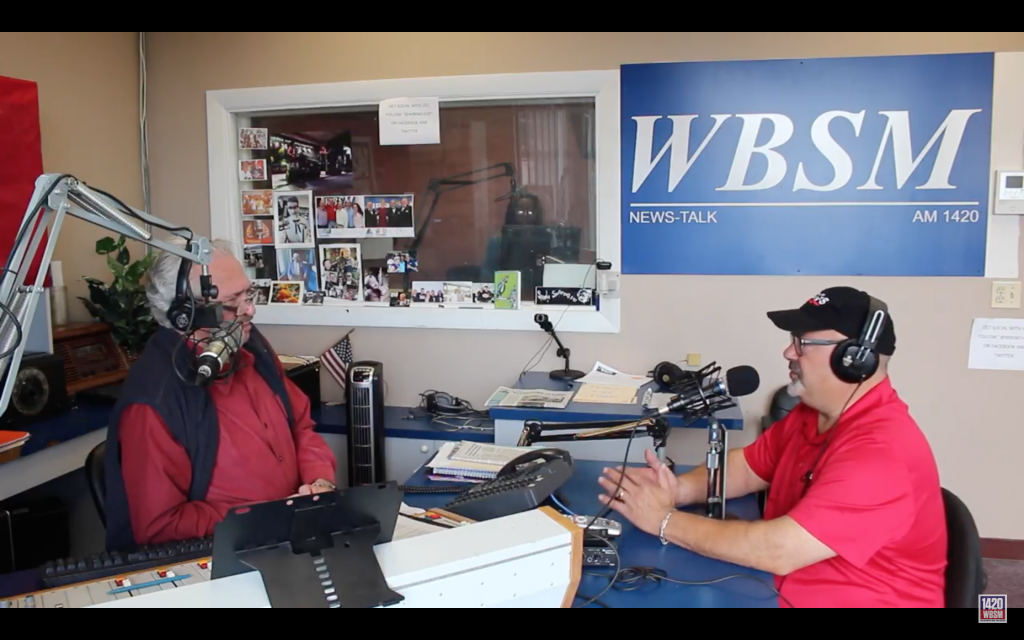October 14, 2021 — Alaska’s limited-entry commercial fisheries system may be pulling access to fisheries away from the coastal communities where they take place.
A series of research projects in the past decade has increasingly shown that limited-entry systems like Alaska’s commercial fishing permitting system or the federal-state individual fishing quota system are systematically pulling permits away from the coastal communities that traditionally depend on those industries. The most recent installment in that line of projects focuses specifically on Bristol Bay — today, the state’s most successful salmon fishery.
The report, commissioned for The Nature Conservancy, found that in the 46 years since Alaska’s limited-entry system went into place, residents in Bristol Bay’s rural communities now own 50% fewer permits. The decline is similar among younger permit holders, contributing to the overall trend: commercial fishing permit holders in the state are increasingly older and from regions other than where they fish.
Read the full story at the Anchorage Daily News

